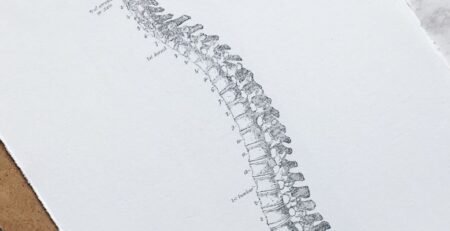Alternative exercises to the Deadlift
So previously we have talked about deadlifting and what variations you can try. Today we are looking at other ways you can still hit those muscles of the posterior chain that doesn’t involve deadlifting. Whether that because it’s something you’re struggling with due to niggles, injury or pain while doing it, or just fancy a change but still want effective exercises to hit the same areas. Today we going to show you 7 alternatives for strengthening that posterior chain.These are also very good choices if wanting to rehab an injured area or work to build up to a deadlift.
1 – Bridging
Now we are cheating a bit with this one as we have a ton of variations and difficulty levels you can do starting with a machine variation. This is a harder version because you can really add the weight to it you want. The important thing with this is to really work on that glute contraction quite explosively on the way up and a slow control on the way down. This applies to all of the variations. These can also be made harder by lifting your toes and just pushing through the heels. If you don’t have a machine then you can use a barbell and add weight that way with the same movement. Other options for this include using a swiss ball or a TRX or it can just be done with bodyweight. And all of these can be made harder by doing it on a single leg. And trust me just bodyweight single leg bridging with your toes up for 15 reps and you’re going to feel it.
2 – KB Swing
Using a kettlebell you are doing a hip hinge and as you contract the glutes it’s that power forward that delivers the momentum. Avoid any lifting with the shoulders. These are the same pointers as for the deadlift. Keep a neutral spine, the bum goes back and the chest stays up. This will be a lot lighter than a deadlift would be, but still very effective for strengthening the posterior chain.
3 – Hyperextensions
These are great ones! Ideally would need a machine for this one. You can focus this one more on the lower back or the hamstring or glutes all depending on where you focus it. You can lift the body up using the lower back or you can work to contract the glutes and hamstrings to perform the same movement. Try the variations to feel the difference depending on what you’re wanting to work on most. You can make this harder by adding weight holding at the front or a barbell on the back when building up to add more weight.
4 – Reverse hyperextension
Now, this is a lot harder than it looks and definitely one to try. These were originally made up by a guy called Louie Simmons of westside barbell. He had hurt his back from deadlifting and wanted a way to still effectively work the posterior chain. The reverse hyper was born. Unfortunately, the machines are really hard to come by in gyms and not widely available. However, we have some alternatives for you. It’s not quite as good because you can’t get as good range but it’s still really effective at targeting the same muscle group. One way to do this is using a swiss ball. You just need to anchor your body with your legs free and work on lifting the legs again working on the glute contraction for the movement. Another alternative is with a weights bench, this needs to be a sturdy one so it doesn’t tip-up. If this is too hard then just do a single leg at a time.
5 – SL RDLT
This is great for rehab work and working on stability. It’s basically the RDL but a single leg. The general movement will require again a neutral spine, with the chest up, this can be made easier by lifting the back leg higher. The leg being worked on is the one on the floor. Again looking to contract the glutes to bring the movement up. Also, work to keep the hips level, rather than rotating and escaping to make it easier. You can make this harder by adding weight, which will be a lot lighter than a standard RDL. You can also put a single weight on the opposite hand if you want to incorporate more glute med.
6 – Nordics
This is a great exercise for the hamstrings and has shown to be one of the best for preventing hamstring injuries. You can use a machine. Again, quite rare to come across but we are lucky enough to have access to one in this gym. Otherwise, you can use a mate. You really want to be working on the eccentric portion of this one the lowering phase! To get the most benefit, you know what I’m going to say contract your glutes and keep your hips forwards, a lot of bend at the hips to escape and make it easier. Hold it for as long as you can on the lower then push yourself back up to the starting position. To make it harder don’t push up as hard so you have to work even harder with the hamstring to finish the movement.
You can progress this even further with the razor curl.
7 – Supermans/swimming
These are the easier of the lot and something you can start with to build into some of the others. This is a bodyweight exercise. Starting with the superman or bird dog. Next, you start on your hands and knees and then straighten the opposite arm and leg at the same time. Pause and return. Lastly, complete on the other side. Another variation of this is swimming. This time flat on the floor and the same thing raising the opposite arm and leg and then swapping.
All of these are great ways for strengthening the posterior chain. The exercises listed above can help with rehabbing an injury such as low back pain. They also can help to build up to the deadlift. Check out our previous videos on deadlifting and variations of the deadlift. In the next video we are talking about getting scans for low back pain and what role they play. Please subscribe if you want to see that and hit the notification bell to be alerted when that comes out.










